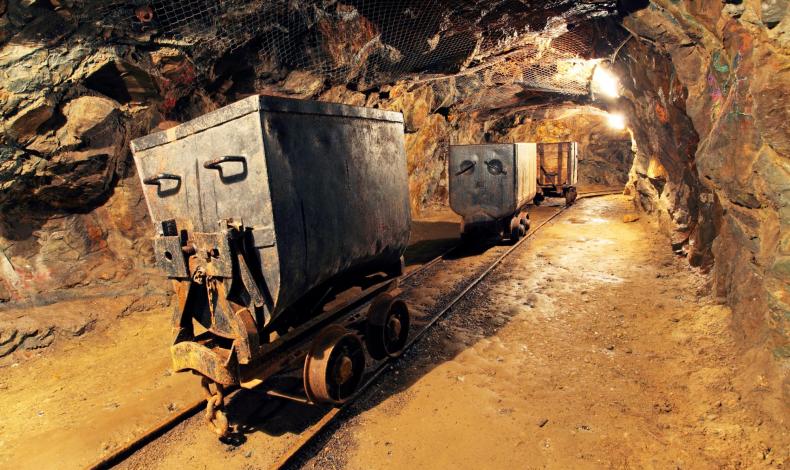Reimagining Struggling Coal Communities

Pennsylvania's coal communities are struggling. While employment in the coal sector has been slowly declining for decades, the rise of Marcellus Shale natural gas prompted a rapid decline in coal use and jobs. But Appalachian states and localities are responding with programs intended to turn things around. A new report from the Kleinman Center for Energy Policy shines a light on a broad array of ideas and strategies.
New Careers
Miners are most directly affected by the downturn in the coal economy, and there are many efforts across Pennsylvania and Appalachia to retrain them for new careers in high-demand fields. From entrepreneurship, to IT, to advanced manufacturing (like 3D printing), to jobs in the shale gas sector—efforts are underway to get displaced coal miners back into the work force.
However, participation rates in some retraining programs are low, finding employment in a new sector is uncertain, and the inability to pay bills while retraining is a barrier for many.
Revitalizing Communities
Communities and businesses built to serve coal mining activities are indirectly impacted by the decline in coal use. Efforts to revitalize these communities include improving infrastructure, expanding broadband access, attracting new industries, and redeveloping abandoned spaces—like converting former coal land into farms, outdoor recreation areas, or government training facilities.
“Unfortunately, many of these revitalization plans have extended time horizons and success is not guaranteed,” said Christina Simeone, lead author of the report and director of policy and affairs at the Kleinman Center for Energy Policy.
Yesterday’s Boom
Pennsylvania’s coal mining industry began in the mid-1700s and grew to warm countless homes, power the nation, and fuel the steel industry and the industrial age. In turn, coal’s importance to Pennsylvania’s economy grew. But then came machines and streamlined production, a slowdown in the steel industry, and, most recently, low-cost natural gas. All of these factors reduced the amount of coal used to produce electric power.
In Distress
While each community is unique, many of these distressed coal communities in Pennsylvania share similar characteristics, including high unemployment, aging populations, deteriorating or insufficient infrastructure, and educational attainment levels that are lower than state and national averages.
While direct coal mining represents less than 0.1% of total non-farm employment in Pennsylvania (2015 data) the coal industry supports additional indirect jobs (e.g. supply chain businesses) and induced jobs (e.g. stores or restaurants) that support individuals and communities.
Beyond revitalization strategies, the report also tells the human story of coal’s downturn. Appalachia, home to many coal communities, has a higher death rate from diseases of despair—substance abuse, suicide, and liver cirrhosis—than other areas in the United States. Most notably, those in their prime working years (age 25 to 44) living in Appalachia have a 70 percent higher mortality rate from diseases of despair than those living elsewhere in the U.S.
What can be done to help these people and places? Reimagining Coal Communities attempts to capture and categorize local and regional strategies being pursued to assist distressed workers, businesses, and communities, drawing from on-the-ground stakeholder input, coal market trends, coal country demographics, regional economic development strategies, and supportive research on current and proposed initiatives to improve distressed coal community economics.

